
|
|
|
|
|
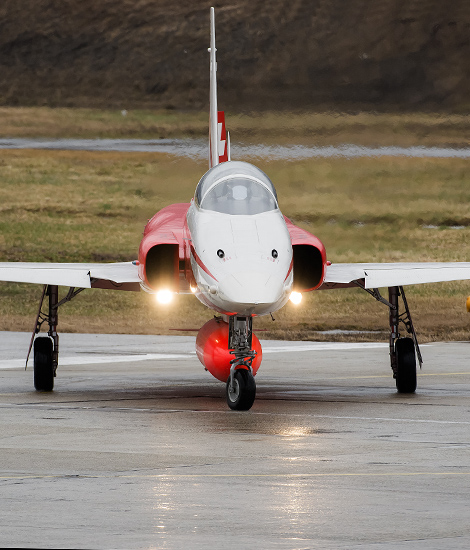
|
Fliegerstaffel 19; Sion, March 18 2013
The Swiss Air Force, Part 2; Text and Photograph’s by Alex van Noye
The second unit which is part of Fliegergeschwader 14 is Fliegerstaffel 19. This unit is one of the Swiss militia units and consists almost entirely of reservists who only fly a few months a year. This unit is equipped with the Northrop F-5E Tiger. The unit is several times a year stationed at Sion in the south of the country.
Fliegerstaffel 19 is one of the older units of the Swiss Air Force. The unit was founded when the German army was getting stronger in the 30s. Despite the fact that Germany could not have an army as a result of the First World War, the German army was built up very quickly. The Swiss Federal Council decided in April 1936 it was necessary to drastically improve the army. Defending the country with a strong air force was a major aspect. The army was increased on order of the Federal Parliament with the consent of the Bundesrat from October 1936. From January 1938, the fortified Swiss Army was largely built. Based on this order, 21 new staffels were founded for the aerial defense of the country. The current Fliegerstaffel 19 was one of these units which were established. During the mobilization Staffel 19 was equipped with the Dewoitine D-27 which came from Staffel 21. This unit had switched to the German built Messerschmitt Bf-109 in the meanwhile. The D-27 was the first aircraft of the Swiss Air Force which was completely built of metal. The aircraft was introduced in 1928. In May 1940, Staffel 19 was equipped with the in license built Morane D-3800. This was the first modern fighter which entered service in this unit. The aircraft would not come into action during the Second World War, because Switzerland remained neutral.
During the Second World War Fliegerstaffel 19 was based at different airports, including; Meiringen, Dübendorf, Emmen, Thun and Littau Kägiswil. The Swiss Air Force started to cost a lot of money due to the massive expansion of the army. To avoid financial problems, the system of the militia units was introduced. This means in addition to a number of operational units, there were also units which consist entirely of reservists. Fliegerstaffel 19 is one of these reservists units which are referred to as militia units in Switzerland. The army reservists would be funded by the so-called compensation. This fund is also responsible for the care of the militia soldiers after a possible war. During the Second World War the militia pilots of Fliegerstaffel 19
|
|
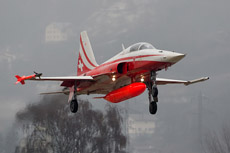
|
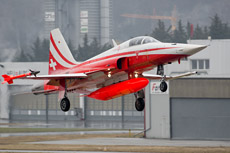
|
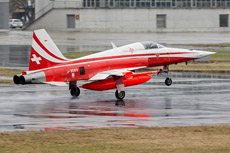
|
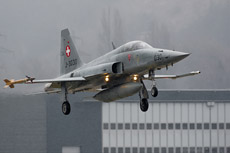
|
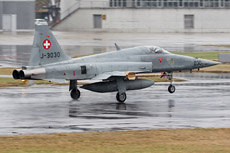
|
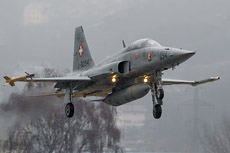
|
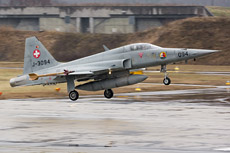
|
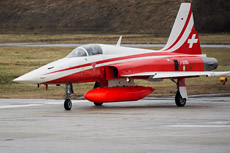
|
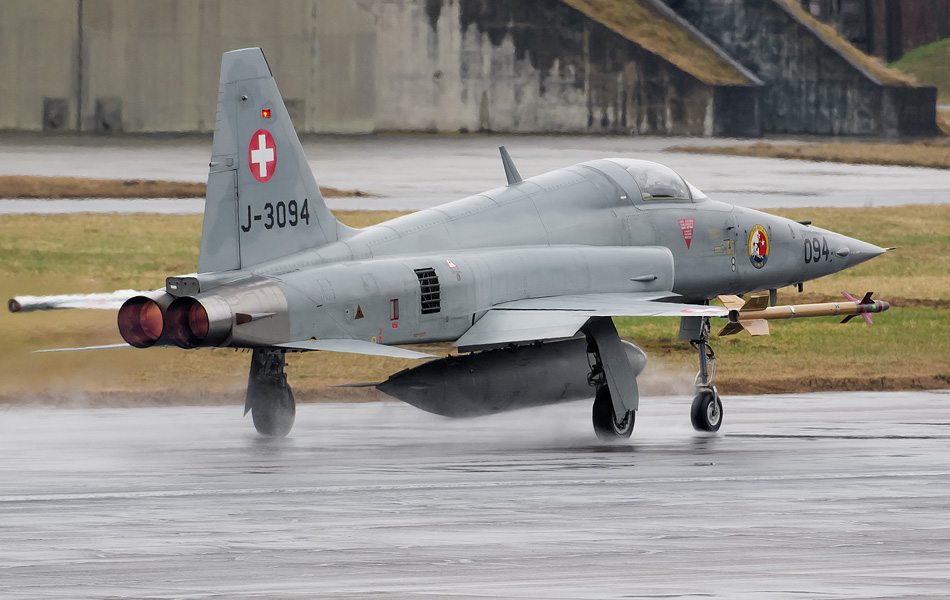
|
contributed to the air defense of the country. Only since 1945, the units were stationed on a permanent base. Fliegerstaffel 19 was together with Fliegerstaffel 11 based at Alpnach where the conversion to the P-51 Mustang began. The P-51 was relatively cheaply purchased by the Swiss Air Force, because the aircraft became obsolete for the U.S. Air Force after the war. The P-51 was the last fighter aircraft in Swiss service which was propeller driven. The aircraft had a maximum speed of 720 km/h and was still able to fly well between the mountains. Over the years, the Mustangs were outdated and the air force was looking for a successor of this aircraft. The operational costs of the Mustang were increasing rapidly due to the age of the aircraft; the plane suffered from many technical problems which threatened the pilots.
From September 1956, Fliegerstaffel 19 switched to the DH-112 Venom. The unit entered the jet era. Europe was the center of the Cold War shortly after the introduction of the first jet fighters in the Swiss Air Force. The country was forced to keep military efficiency as high as possible during this period. The militia unit Fliegerstaffel 19 had to fulfill also the offensive role next to the air defense role. There was a possibility the Russians would enter Switzerland when a war would break out in Europe. Switzerland was not a member of NATO, but it was in the middle of the area where the possible battle would take place during a possible Third World War. The Venom was the first aircraft which was used for flying on instruments only. This way of flying had high demands on the pilots at that time, but the efficiency of the aircraft was increased significantly. A national highway was used for the first time as a wartime base from September 16, 1970. Fliegerstaffel 19 joined these first exercises. The A1 motorway was used for this scenario and 5 pilots from Fliegerstaffel 19 participated in this exercise on this prepared part of the highway. From 1978, the unit would start to operate the Hawker Hunter. The Hunter had a short lifetime within this unit, because Fliegerstaffel 19 was the first militia unit which switched to the Northrop F-5 Tiger. The militia pilots were prepared for the Tiger in a 4 week course. Also the caves in the mountains became operational at Alpnach. The pilots were prepared for night flying, air to air shooting and escorting planes.
The pilots are trained to operate in groups of up to four aircraft. This type of flying is still performed in the current Swiss Air Force. During training missions, the F-5s of Fliegerstaffel 19 are regularly fighting against the more sophisticated F/A-18 Hornet of the professional units. Flying with these aircraft ensures new tactics for aerial combat are continuously developed and executed. The main task of Fliegerstaffel 19 is now guarding of the Swiss airspace. The F-5 is used to intercept and identify the unidentified planes in the Swiss airspace. Alpnach was closed as an airfield for fighter jets and Fliegerstaffel 19 was stationed at Mollis at the end of 1994. The unit would stay only for a short period on this base, because Fliegerstaffel 19 was moved to Buochs in 2000. Buochs was also closed after drastic cuts of funds and the unit was moved to Glarus and later to Sion in 2003. From 2007 Fliegerstaffel 19 flies from Payerne airbase in western Switzerland. The unit is a few weeks a year stationed in Sion for exercises like the Wiederholungskurses and operational flights like the World Economic Forum (WEF). Fliegerstaffel 19 is also training pilots for the F/A-18 Hornet besides the air defense task. Fliegerstaffel 19 is now part of Fliegergeschwader 14 at Payerne. The unit is a partner of the F/A-18 unit Fliegerstaffel 18. The militia units like Fliegerstaffel 19 will continue to play an important role in the air defense of Switzerland. The unique system where many reservists are involved is a highly successful and economically viable system in the defense of a country.
|
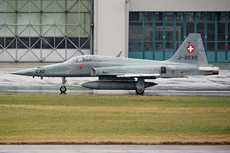
|
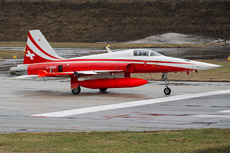
|
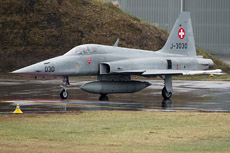
|
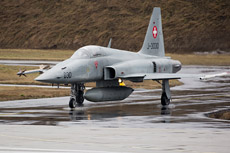
|
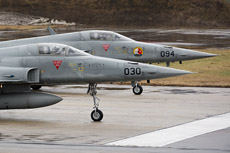
|
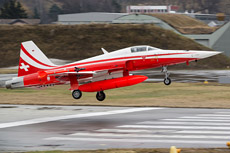
|
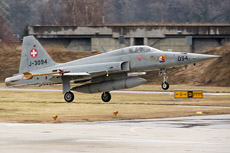
|
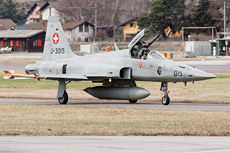
|
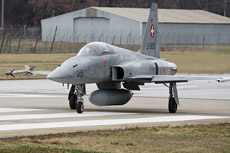
|
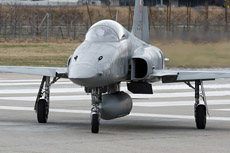
|
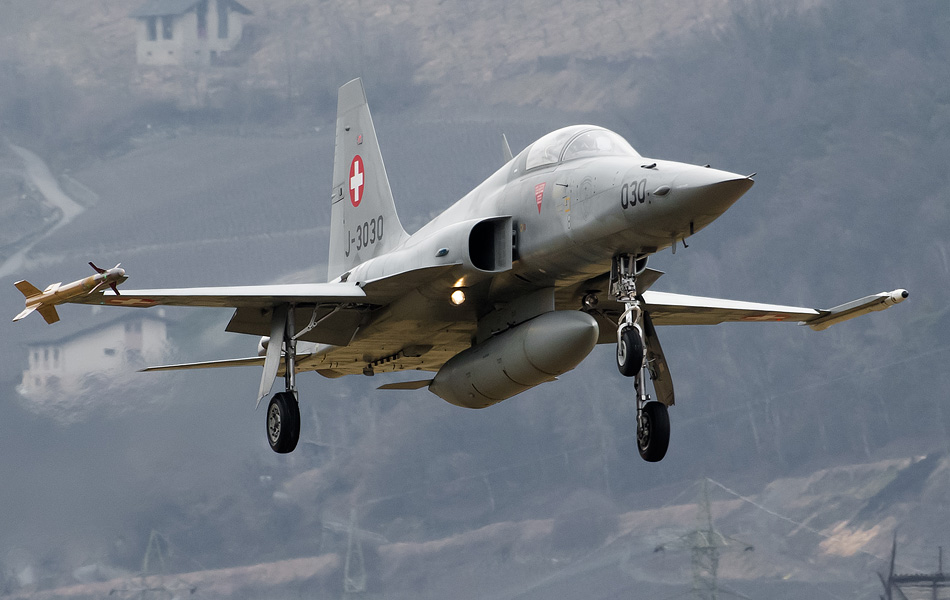
|
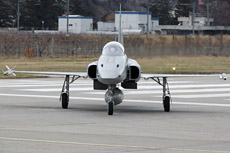
|
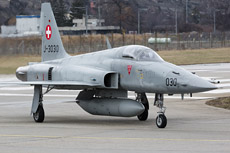
|
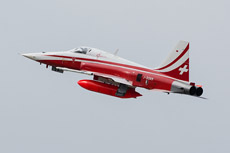
|
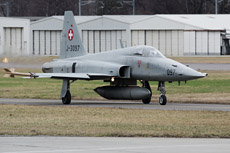
|
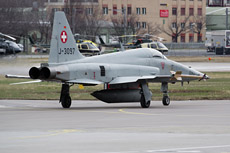
|
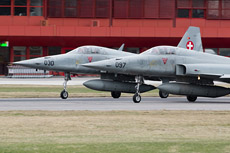
|
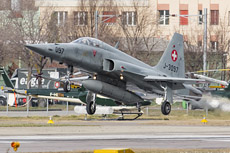
|
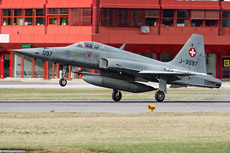
|
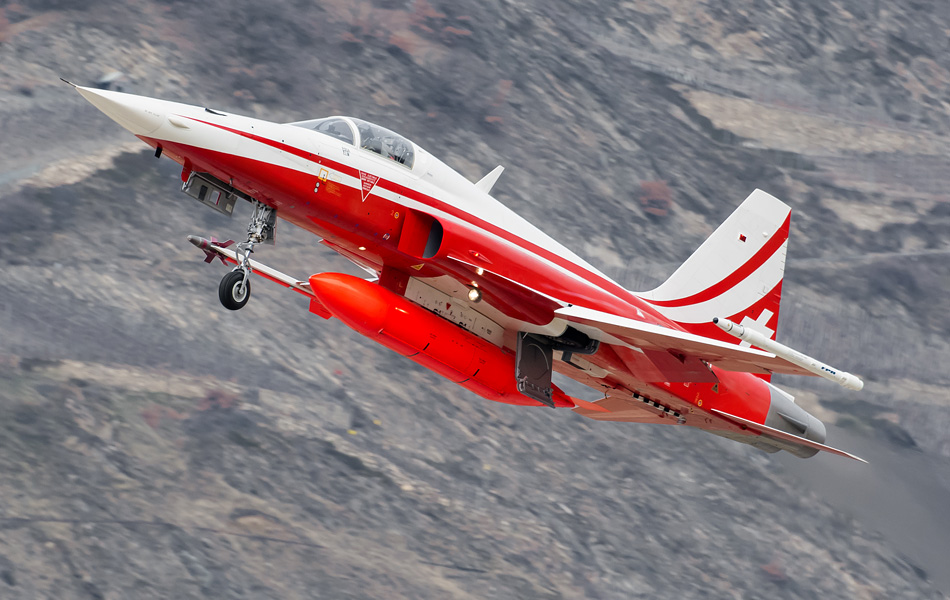
|
|
|

|







